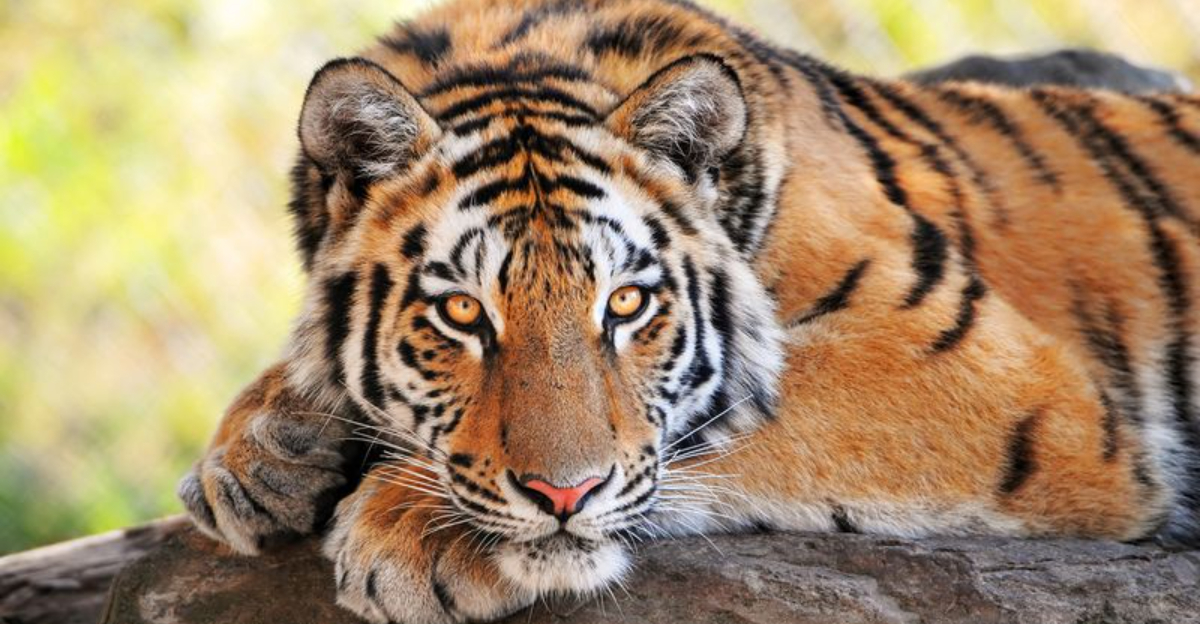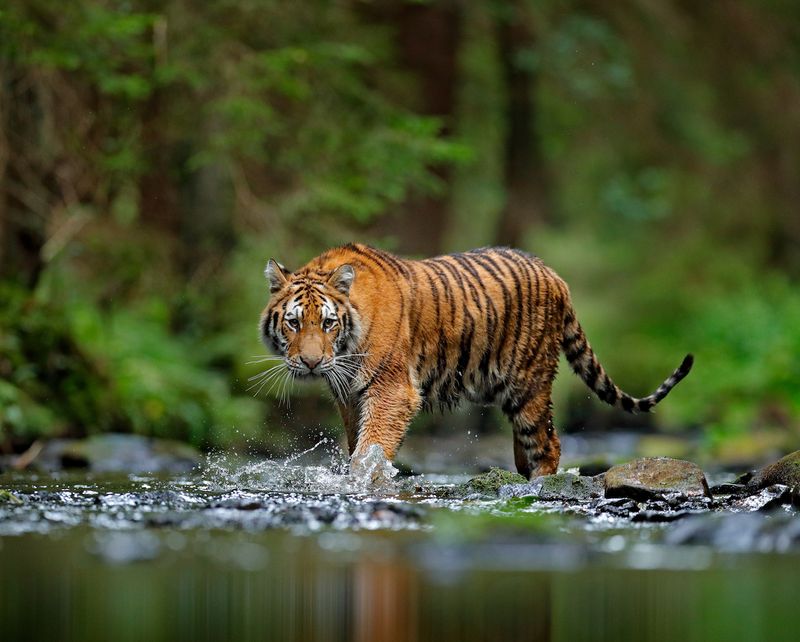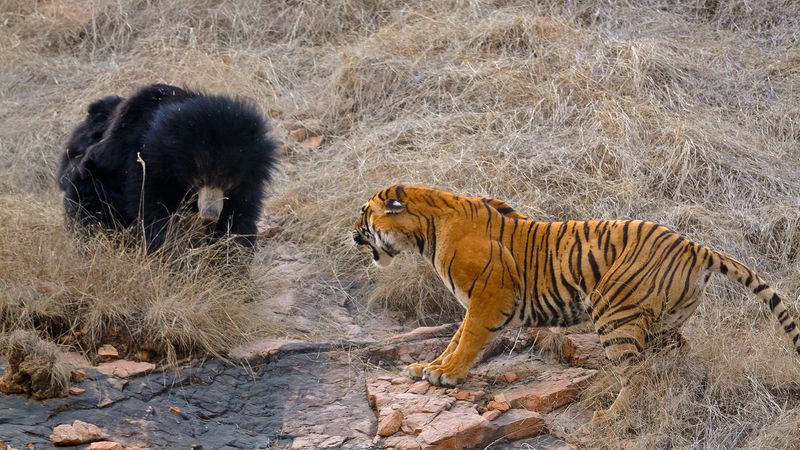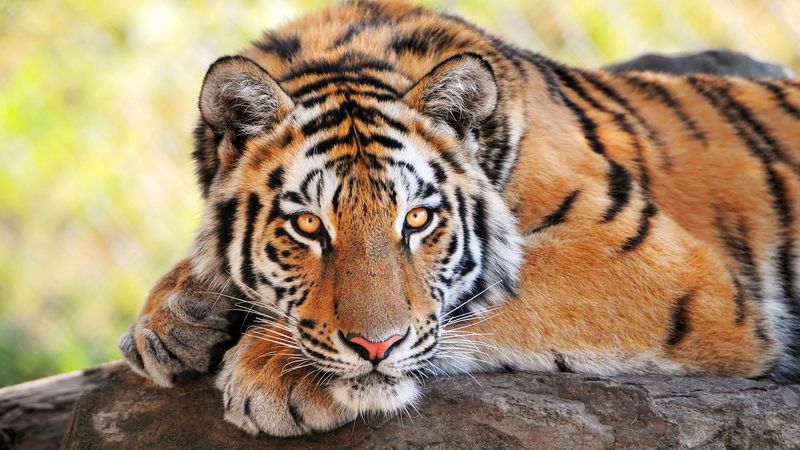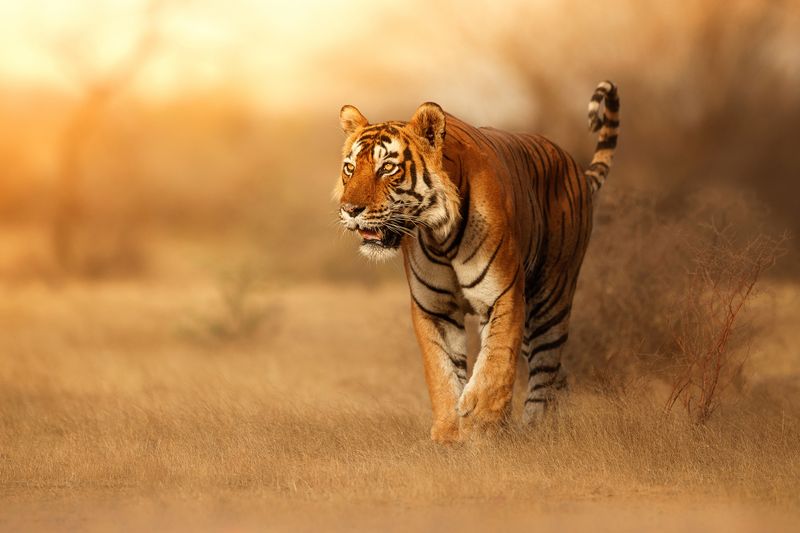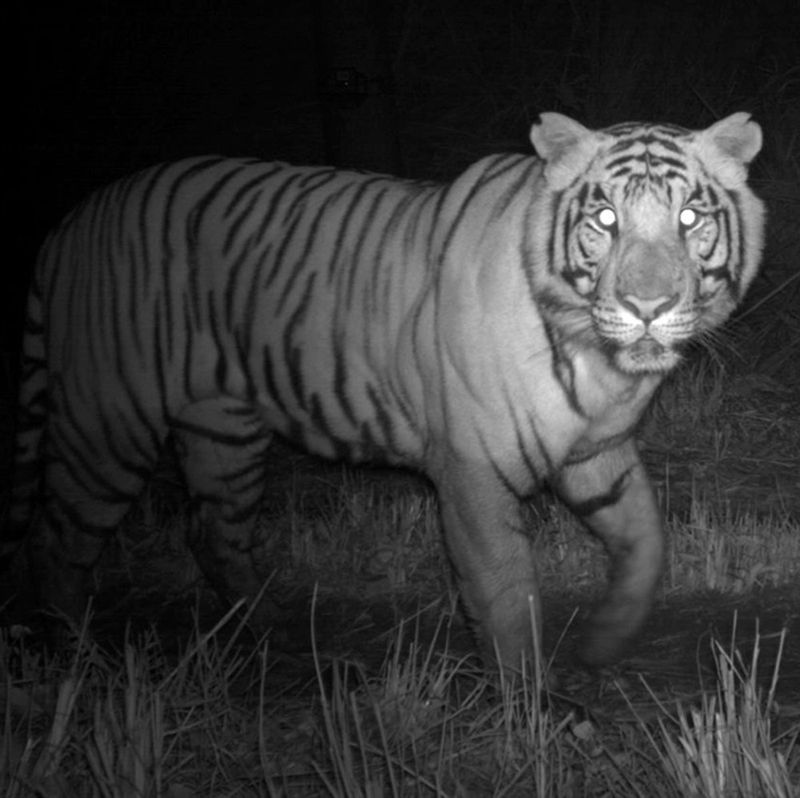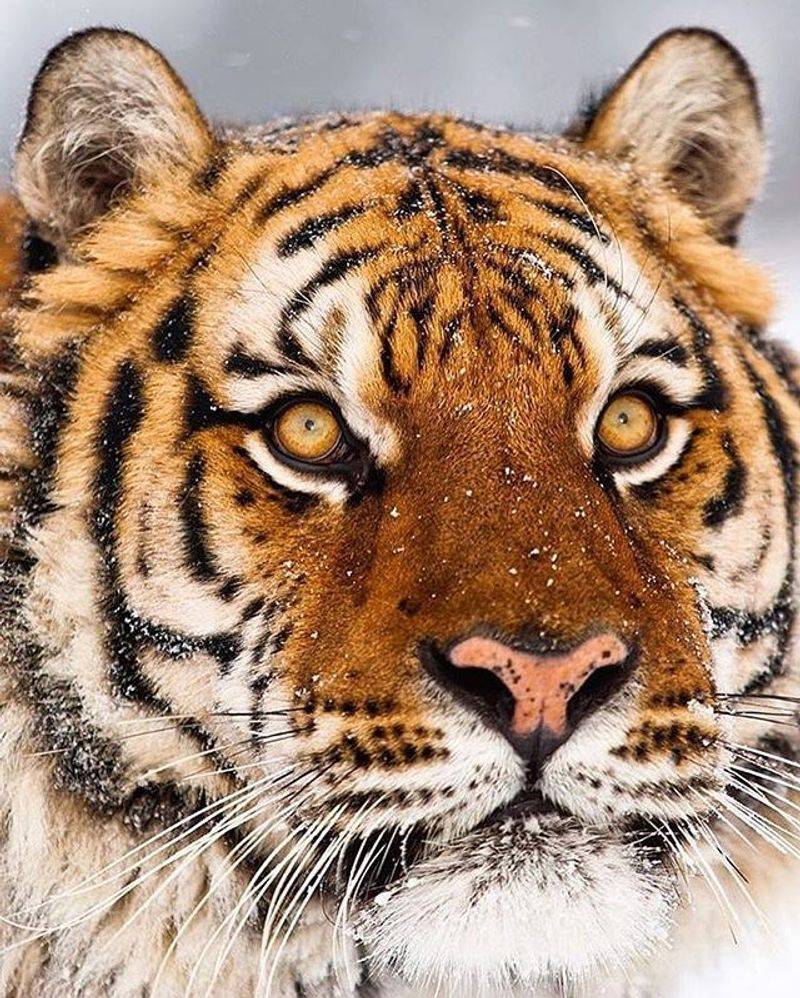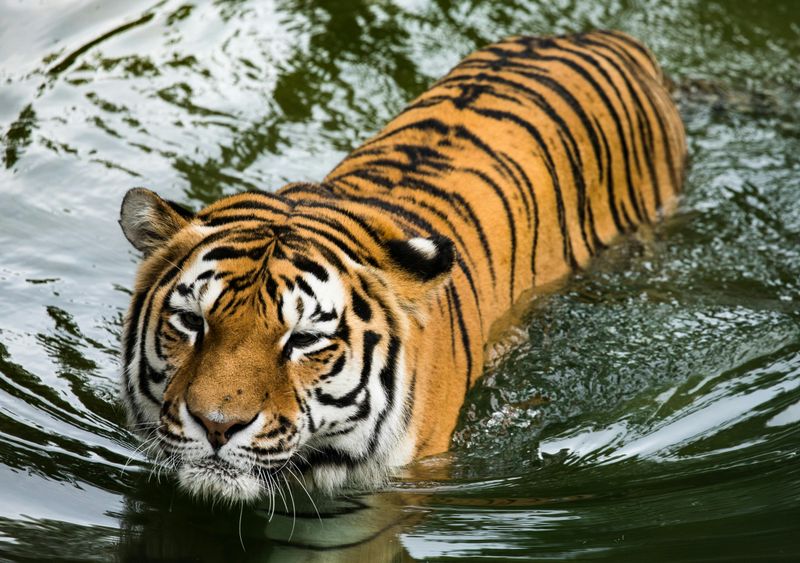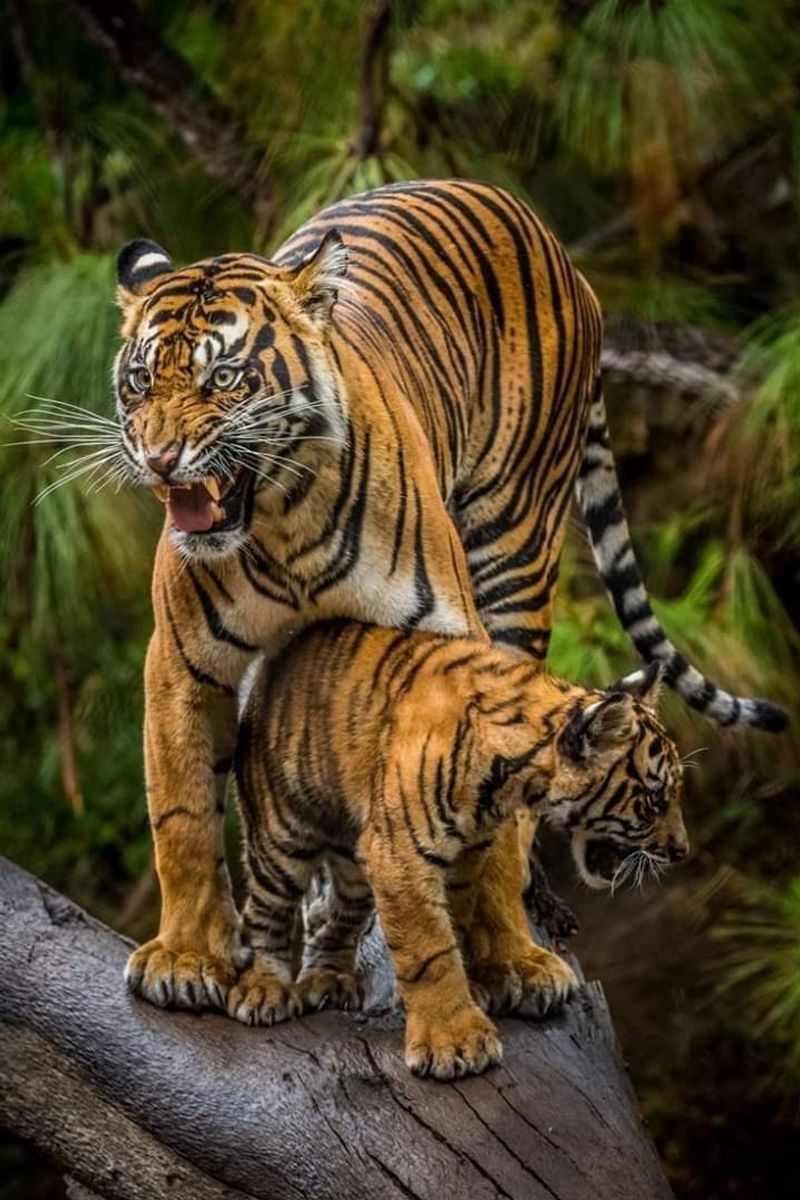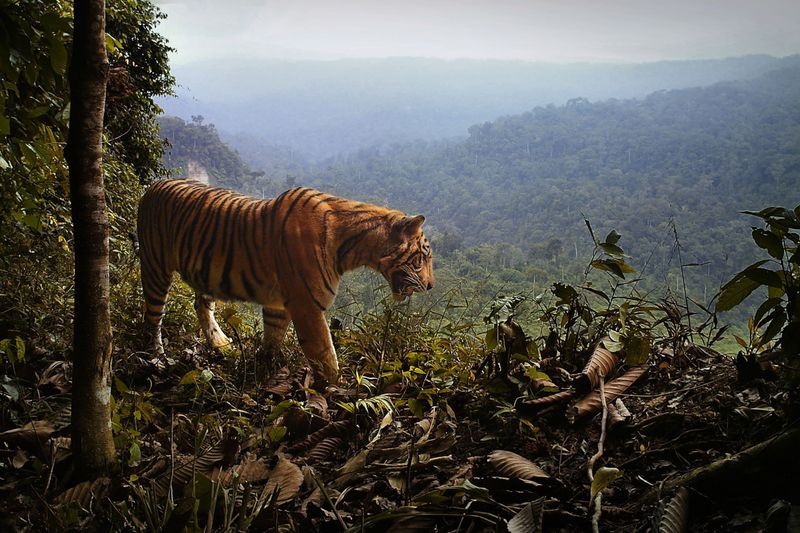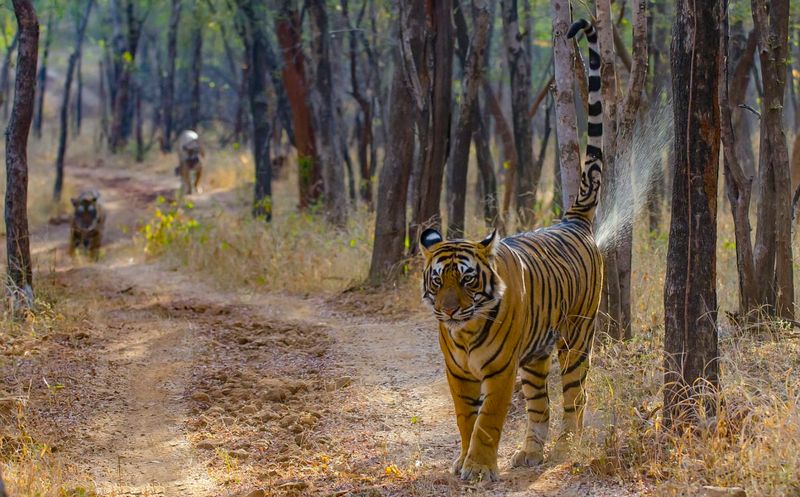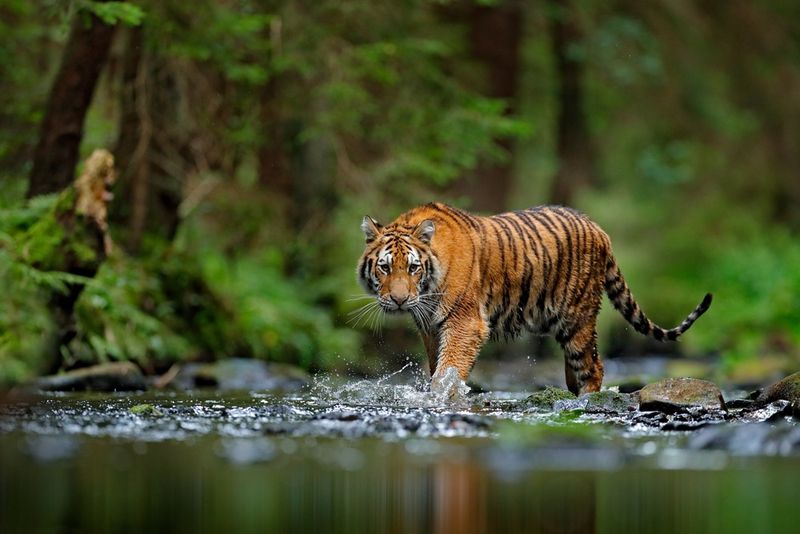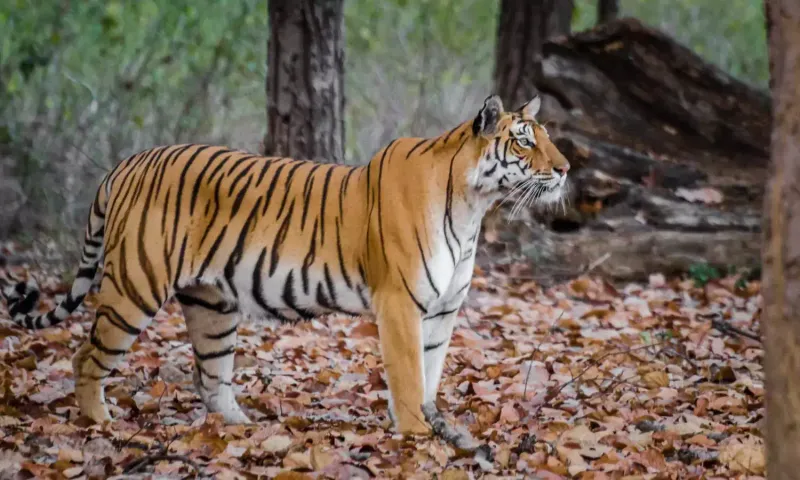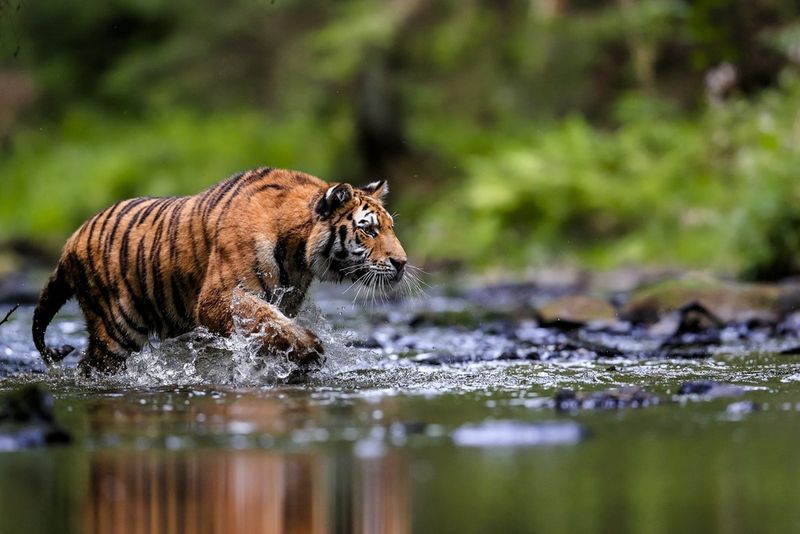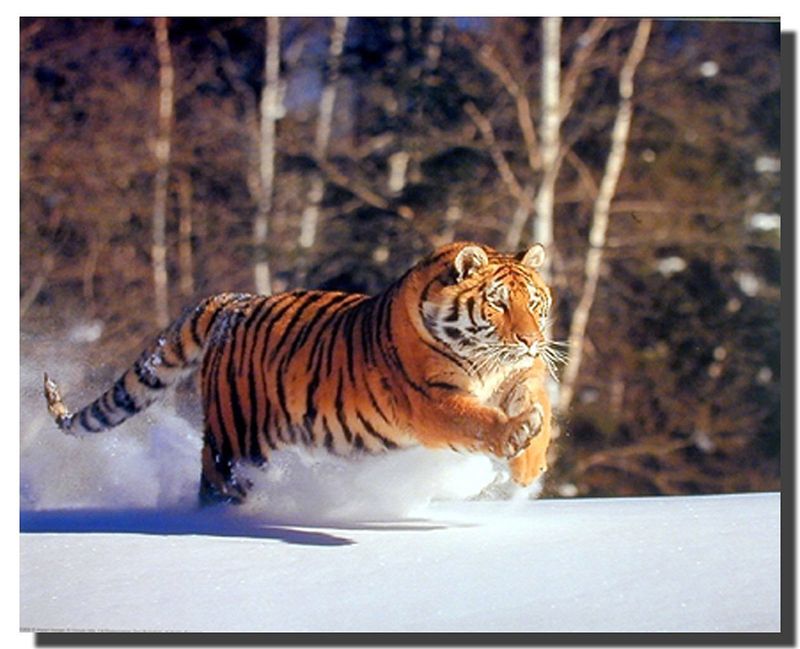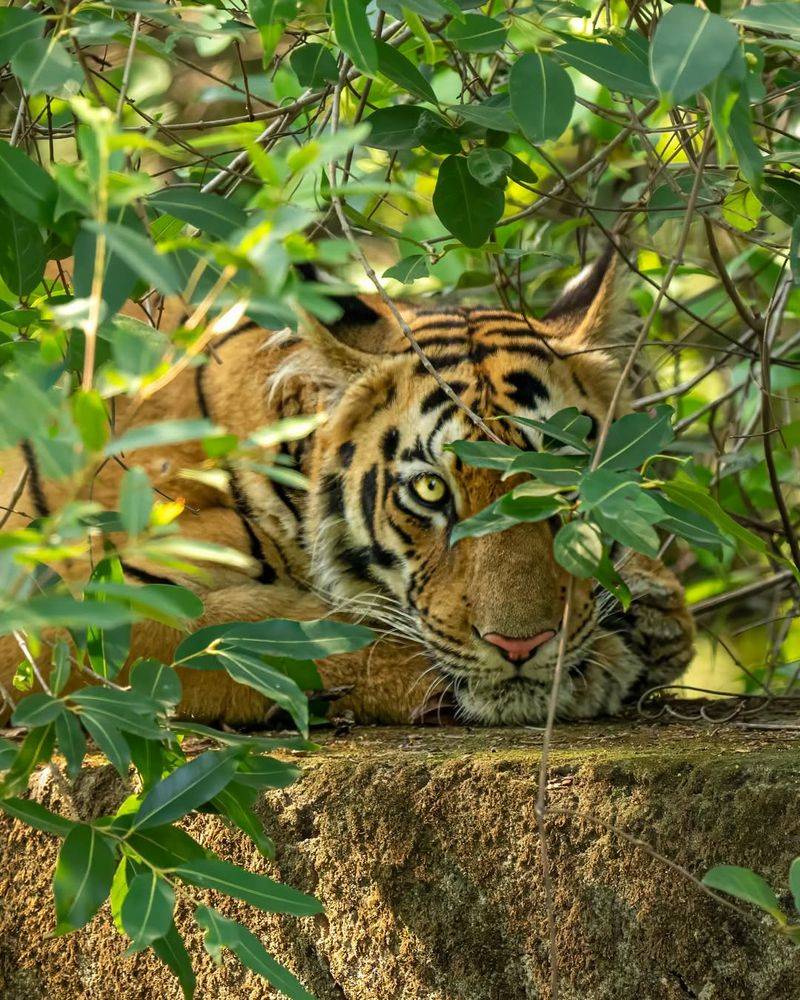📖 Table of Content:
- 1. Majestic Stripes
- 2. Formidable Strength
- 3. Fearless Hunters
- 4. Solitary Majesty
- 5. Silent Stealth
- 6. Night Vision
- 7. Impressive Roar
- 8. Regal Appearance
- 9. Agile Climbers
- 10. Swimming Skills
- 11. Fierce Protector
- 12. Diverse Habitats
- 13. Territorial Dominance
- 14. Cultural Icon
- 15. Endangered Status
- 16. Symbol of Power
- 17. Resilient Survivors
- 18. Charismatic and Mysterious
- 19. Top of the Food Chain
- 20. Rapid Acceleration
- 21. Camouflage Mastery
- 22. Unmatched Beauty
Tigers, with their majestic presence and unrivaled prowess, reign supreme among the big cats. Known for their awe-inspiring strength and stealth, these apex predators are a living testament to the wild’s raw power. They captivate with their striking beauty and instill a profound respect for their role in nature’s hierarchy. This article explores the 22 compelling reasons that highlight why tigers are considered one of nature’s most fearsome creatures, showcasing their unique attributes, behaviors, and the undeniable impact they have on both the animal kingdom and human culture.
1. Majestic Stripes
Imagine each tiger as an artist’s masterpiece, its stripes as unique as fingerprints. These distinct patterns are not only aesthetically pleasing but also serve a crucial purpose. The stripes act as camouflage, breaking up the tiger’s outline in the dappled light of its forest habitat. This natural disguise allows them to stalk prey with lethal precision. Beyond camouflage, these stripes are a symbol of individuality, with no two tigers sharing the same pattern. This individuality fosters a sense of wonder and admiration for the tigers’ mysterious beauty.
2. Formidable Strength
With muscles honed for power and precision, tigers epitomize raw strength. They are capable of taking down prey far larger than themselves. Picture a Siberian tiger, the largest of its kind, moving silently through the snow. Despite its size, this apex predator is stealth itself, an embodiment of formidable power. Its strength is not just physical; it’s also a symbol of resilience and survival. This combination of physical might and strategic prowess makes the tiger a force to be reckoned with in the wild.
3. Fearless Hunters
In the heart of the jungle, tigers move with a grace that belies their size. As fearless hunters, they employ a combination of stealth, speed, and strength to secure their meals. The Bengal tiger, for instance, is a master at blending into its surroundings, waiting patiently for the perfect moment to strike. Their hunting prowess is a testament to their intelligence and adaptability. Each successful hunt is a display of their relentless determination, proving why they sit atop the food chain.
4. Solitary Majesty
The solitary nature of tigers adds to their enigmatic allure. Unlike other big cats, tigers are lone wanderers, each governing vast territories with silent authority. Walking through their kingdom at dawn, they exude confidence and dominance. This solitary lifestyle is not a sign of loneliness but a testament to their independence and self-reliance. It allows them to hone their skills and maintain control over their domain, making them both feared and respected in their realm.
5. Silent Stealth
Silence is the tiger’s greatest ally. Their ability to move without making a sound is a marvel of nature. This stealth is crucial for hunting, as they can approach prey without being detected. Picture a tiger moving quietly through the underbrush, its presence barely detectable. This silent approach is coupled with a sudden burst of speed, turning the hunter into an unstoppable force. Such stealth and precision are key factors in the tiger’s success as a predator.
6. Night Vision
Under the cloak of darkness, tigers become even more formidable. Their exceptional night vision gives them an advantage over other animals, allowing them to hunt effectively when most creatures are vulnerable. Imagine a tiger’s eyes glowing in the moonlit forest, a beacon of their superiority in the night. This adaptation not only aids in hunting but also ensures their survival in the diverse environments they inhabit. The tiger’s nocturnal prowess underscores its status as a top predator in the animal kingdom.
7. Impressive Roar
A tiger’s roar is a sound that commands attention and respect. Reverberating through the jungle, it can be heard up to two miles away. This powerful vocalization serves multiple purposes: establishing territory, communicating with other tigers, and asserting dominance. The roar is not just a sound but a symbol of the tiger’s presence and authority in its habitat. It instills both awe and fear, marking the tiger as an undisputed ruler of its domain.
8. Regal Appearance
Tigers possess an aura of regality that sets them apart. Their striking features—piercing eyes, sharp whiskers, and powerful jaws—create a visage that exudes authority. This regal appearance is more than skin deep; it reflects their commanding presence and natural leadership in the wild. As you gaze into a tiger’s eyes, you recognize a blend of intelligence, curiosity, and strength. This noble bearing is a reminder of their status as apex predators and their revered place in the natural world.
9. Agile Climbers
While primarily ground-dwellers, tigers are surprisingly adept climbers. Their strong, muscular bodies allow them to ascend trees with ease, showcasing their agility and adaptability. This ability to climb is crucial for escaping danger and surveying their territory. Picture a tiger effortlessly scaling a tree, its movements fluid and graceful. Their climbing prowess adds another layer to their already impressive repertoire of skills, highlighting their versatility as one of nature’s most adaptable predators.
10. Swimming Skills
Tigers are one of the few big cats that enjoy swimming, often taking to water to cool down or pursue prey. Their powerful limbs make them excellent swimmers, allowing them to cross rivers and lakes with ease. Picture a tiger swimming through a river, water splashing around as it moves with purpose. This affinity for water sets them apart from other big cats and showcases their unique adaptability. Their swimming skills further solidify their reputation as versatile and formidable predators.
11. Fierce Protector
Tigers are not only fierce predators but also devoted parents. A mother tiger’s protective nature is a powerful force in the wild. She will do whatever it takes to ensure the safety of her cubs, teaching them essential survival skills. Picture a mother tiger standing watch over her playful cubs, her eyes scanning for potential threats. This fierce maternal instinct highlights the softer side of these majestic creatures, adding depth to their fearsome reputation.
12. Diverse Habitats
Tigers are highly adaptable animals, thriving in diverse habitats ranging from dense forests to snowy terrains. This adaptability is a key factor in their survival, allowing them to inhabit various regions across Asia. Imagine a tiger navigating through the lush greenery of a forest, the open expanse of a grassland, and the icy world of a snow-laden landscape. Their ability to thrive in such varied environments showcases their resilience and versatility as apex predators.
13. Territorial Dominance
Tigers are solitary creatures that maintain and defend large territories. They mark their domain using scent markings, vocalizations, and visual cues. This territorial behavior ensures they have access to ample resources and reduces competition. Picture a tiger patrolling its territory, pausing occasionally to scent mark, asserting its dominance confidently. This behavior not only underscores their role as apex predators but also highlights their strategic intelligence in managing their environment.
14. Cultural Icon
The tiger’s influence extends beyond the animal kingdom into human culture, where it is celebrated as a symbol of power, courage, and protection. In many Asian cultures, the tiger holds a revered place in mythology, art, and folklore. Imagine the elegance of traditional Asian art depicting tigers, embodying strength and majesty. This cultural significance enhances their allure, making them not just a natural wonder but also an enduring icon of valor and beauty.
15. Endangered Status
Despite their fearsome reputation, tigers face the threat of extinction due to habitat loss and poaching. Their endangered status has sparked global conservation efforts aimed at preserving these magnificent creatures. Imagine a graphic detailing the declining tiger populations, underscoring the urgent need for action. This precarious situation highlights the importance of protecting tigers and their habitats, ensuring their survival for future generations. Their conservation journey is a testament to the need for a harmonious coexistence with nature.
16. Symbol of Power
Throughout history, tigers have been revered as symbols of strength and dominance. Their commanding presence and fearsome reputation make them a natural emblem of power. Picture a statue of a tiger, poised in a powerful stance, exuding authority and confidence. This symbolic representation resonates across cultures, reinforcing the tiger’s status as an enduring symbol of might. Their image continues to inspire awe and respect, serving as a reminder of the formidable force they represent in the natural world.
17. Resilient Survivors
Tigers are emblematic of resilience, adapting to changing environments and threats with remarkable tenacity. Despite facing numerous challenges, they continue to survive, showcasing their adaptability and strength. Imagine a tiger navigating a harsh landscape, its determination evident in every step. This resilience is a testament to their survival instincts and ability to overcome adversity. Their enduring presence in the wild is a powerful reminder of nature’s capacity for renewal and adaptation.
18. Charismatic and Mysterious
The enigmatic nature of tigers captivates the human imagination. Their piercing gaze and silent movements add a layer of mystery to their charismatic presence. Picture a tiger in the twilight, its eyes reflecting a world of secrets and stories untold. This air of mystery enhances their allure, making them fascinating subjects of study and admiration. Their ability to mesmerize and intrigue is part of what makes them such compelling creatures in the animal kingdom.
19. Top of the Food Chain
As apex predators, tigers sit atop the food chain, influencing the balance of ecosystems. Their presence ensures the health of their environment by controlling prey populations. Imagine a tiger stalking its prey, a perfect blend of patience and power. This role as a top predator highlights their importance in maintaining ecological harmony. Their dominance in the food chain underscores their critical role in biodiversity and the intricate web of life.
20. Rapid Acceleration
Tigers possess the remarkable ability to reach high speeds in short bursts, a skill crucial for successful hunting. Their powerful legs allow them to accelerate rapidly, closing in on prey with astounding speed. Picture a tiger sprinting through the grass, a blur of motion and agility. This burst of speed, combined with their stealth, makes them highly effective hunters. Their ability to accelerate quickly is a testament to their superb physical conditioning and mastery of their environment.
21. Camouflage Mastery
The art of camouflage is essential for a tiger’s hunting success. Their striped coats allow them to blend seamlessly into their environment, whether it’s the dense jungle or tall grass. Imagine a tiger almost invisible, hidden among the shadows and foliage. This mastery of disguise is a critical factor in their predatory strategy, providing them with the element of surprise. Their ability to become one with their environment is a testament to their evolutionary perfection as hunters.
22. Unmatched Beauty
The tiger’s beauty is unrivaled in the animal kingdom. From their striking coats to their graceful movements, they embody elegance and majesty. Imagine a tiger bathed in the golden light of sunset, its fur glowing with warmth. This unmatched beauty captivates the heart and soul, reminding us of the wonder and diversity of nature. Their aesthetic appeal is complemented by their powerful presence, making them icons of both ferocity and grace.
